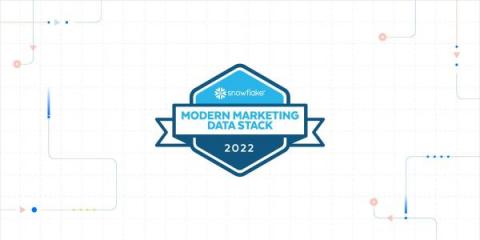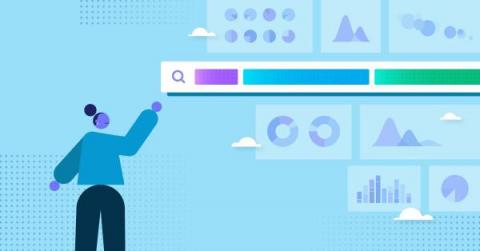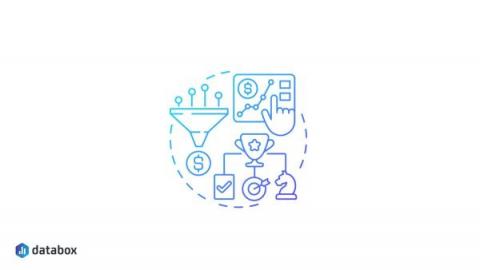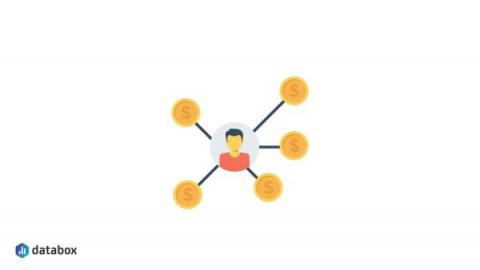Systems | Development | Analytics | API | Testing
Marketing
Three benefits of the modern marketing data stack
Organizations are improving the quality of their marketing analytics at less cost, which is translating into more overall marketing efficiency – all by adopting the modern data stack.
Breaking down marketing data silos with BigQuery
How ThoughtSpot Uses ThoughtSpot for Field Marketing
As ThoughtSpot’s SVP of Corporate Marketing I oversee a field marketing team that acts as the glue between our Marketing and Field Sales teams. When people talk about field marketing, they’re often just thinking of events — but we have a far broader remit than that. Each member of the Field Marketing team sits within a specific sales region, acting as a kind of regional CMO.
Modern Marketing Data Stack: Best Practices from Analyzing Snowflake's Customer Base
Are you efficiently unifying, modeling, analyzing, and activating all the data you need to drive impactful marketing campaigns and customer experiences? For years, marketing teams have struggled to operate from a single view of the customer and their business, essential to powering personalized experiences and measuring impact on key KPIs such as sales, growth, and profitability. Today, only half of all marketers have a unified view of the customer.
An Introduction to AI-generated Content and Generators
Artificial intelligence is one of the most popular, yet misunderstood phenomena in the world. Many people get their ideas about AI from apocalyptic Sci-Fi movies rather than an understanding based on science or observation. The truth is that many pieces of software, websites, and applications already use AI. An AI writing generator is not that difficult to obtain. AI can even make music, create pictures, or talk to you. Chatbots have been a thing for more than two decades.
5 Digital Marketing Tools That Save Your Time
We live in a hectic world filled with new technologies intended to make our daily chores and tasks easier. However, it does not change the fact that digital marketing is a dynamic field that can be quite demanding. This factor is especially true in terms of all the challenges that industry professionals face on a daily basis. Fortunately, plenty of different tools can make this fast-paced job more manageable.
Two Overlooked Marketing Metrics That Can Drive Organizational Value
Measuring how marketing is helping to drive your business is critical. But often marketing’s impact is not widely understood and appreciated.











